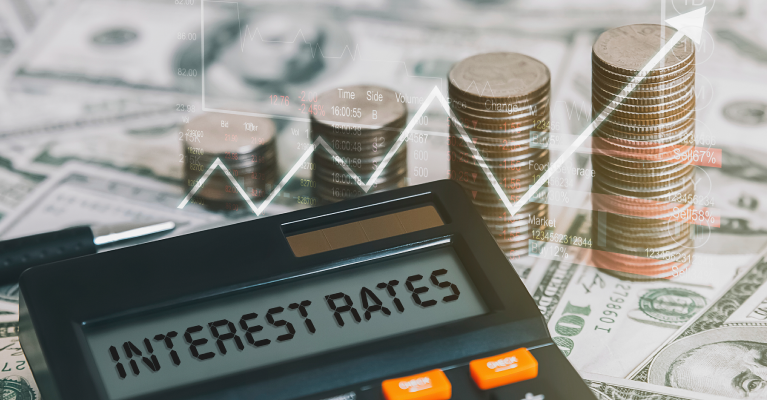It can be overwhelming to think about the amount of money you’ll need for a big expense, like paying for a wedding or making a down payment on your first home or a car loan. A great place to start is calculating how much you’ll need to save each month to meet your goal. For example, let’s say you’re planning to get married in 18 months and you want to have $10,000 saved up to cover some of the wedding expenses. $10,000 divided by 18 months comes out to $555 per month. That probably sounds like a lot of money, and that’s because it is a lot of money.
Even if you don’t have a large purchase on the horizon, it’s always a good idea to look for ways to save emergency funds for a rainy day.
There’s no shortcut to saving money. It takes time, effort and patience. But there are things you can do to make the process easier.
1. Pay Yourself First
Even if you can’t afford to save enough to hit your goal in the allotted time, pay yourself first. Set up an automatic transfer on pay day from your checking account to your savings account. This way, you won’t be tempted to skimp on saving because you don’t have enough money “left over” toward the end of a pay period. An even more foolproof method is to set up a direct deposit with your employer, since it’s much harder to cancel a direct deposit than it is to cancel an online banking transfer.
2. Use the 50/20/30 Rule
Managing and budgeting your money is key to financial success. Sen. Elizabeth Warren and LearnVest have both popularized the 50/20/30 rule, which recommends that you spend 50 percent of your take home pay on necessities like food and rent or mortgage payments, 20 percent on savings and debt reduction payments and 30 percent on lifestyle choices (workout equipment or the latest and greatest tech gadget). If your take home pay is $3,000 per month and you have no debt (good for you!), that means you should be saving $600 per month. Your savings may add up faster than you expect!
3. Start Small
If 20 percent of your take home pay seems like a lot, start small — even if it’s $50 or $100 per month. Just like with exercise, saving only a little is better than saving nothing at all, and you’re much more likely to keep saving if you set small, achievable goals.
4. Invest Some of Your Money, or Place It in a High-Yield Savings Account
If you’re saving money for something you don’t expect to purchase for at least two or three years, like a house, you might consider contributing to a mutual fund, which generally has a higher rate of return than a traditional savings or money market account. You might also consider moving your money to a high-yield savings account in order to earn additional interest, but beware that the interest rate could go down at any time without warning.
It’s important to consistently reevaluate market conditions and implement smart strategies to keep your finances healthy even during downturns.
And remember, it’s never too early to start saving for retirement. Volatile markets can offer some of the best opportunities to create wealth for long term investors, so investing in retirement accounts early in your life can set you up for future success.
5. If Nothing Else, Start a Change Jar
It may sound too simple, but this is a great way to amass a nice little savings pile, especially if you use cash on a semi-regular basis. Whenever you feel your wallet getting a little too heavy or your pockets getting a little too jangly, dump the spare change into a jar and forget about it. We’ve heard stories of people saving $3,000 or more by using a 5-gallon water cooler jug.
Whether it’s saving for a wedding, a new home or even to establish and practice good saving habits, there’s no one-size fits all approach to financial planning. With the help of these small tips, however, you can help set yourself up for financial success and be confident in the financial decisions you make.

Helping you boost your financial intelligence.
Read our financial resources from your friends at WSFS.




